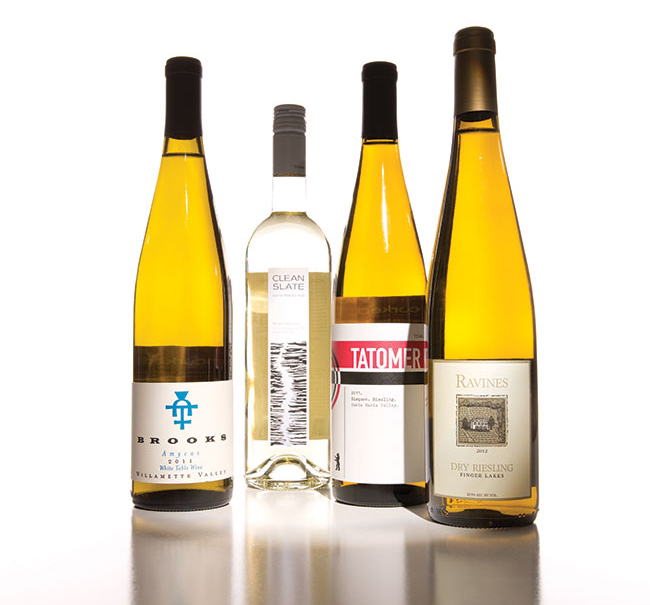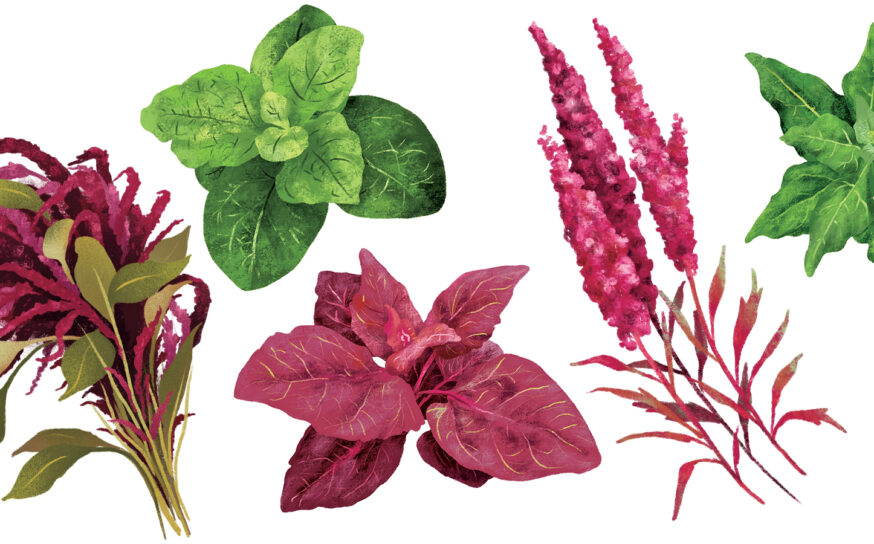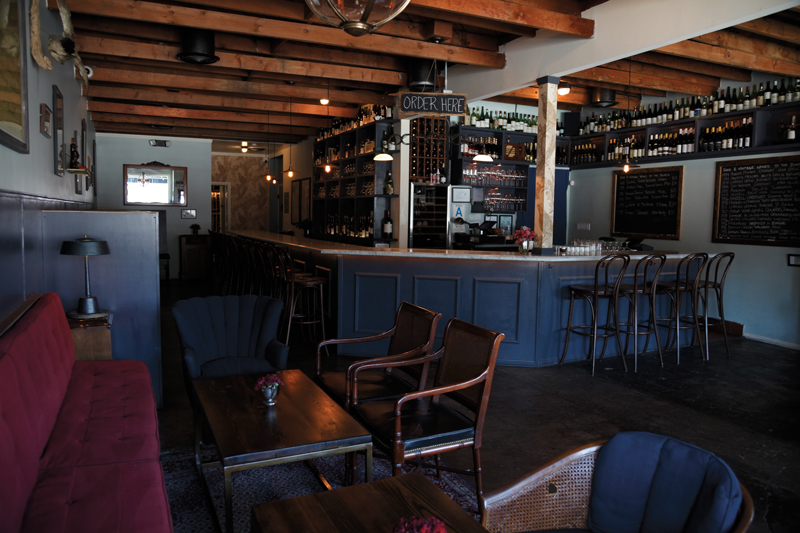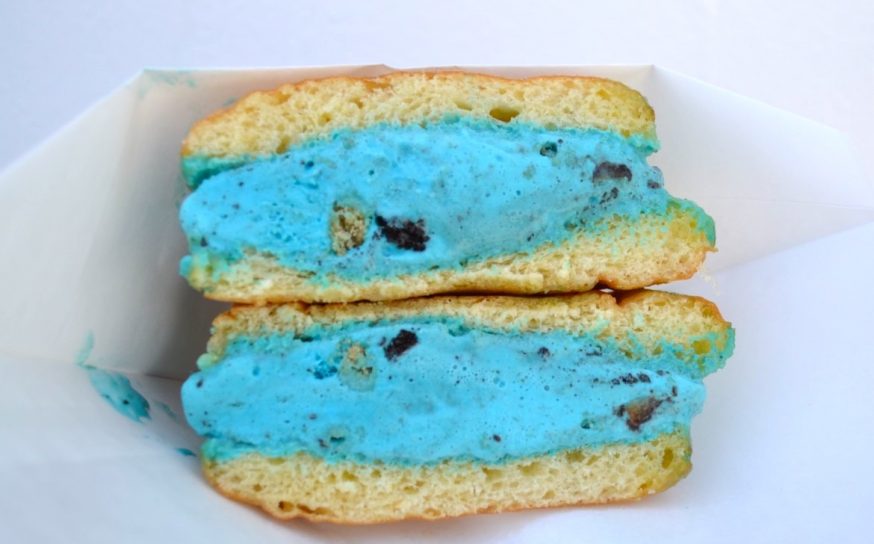
Riesling Rising
No white wine grape speaks summer as fluently as riesling. Here are four interpretations from different international appellations. All are, in a word, awesome.
-
CategoryPeople
-
Written byBonnie Graves
“Clean Slate,” Riesling (Mosel, Germany—2012)
The blue slate soils of the Mosel are legendary terroir for riesling, and this entry-level wine will give you a sense of why these wines are so famous. Delicate lime-blossom aromas and rocky minerality are balanced by only 10.5% alcohol, so feel free to sip with abandon. Try with oysters topped with a citrus mignonette. $11, BevMo stores
Ravines Dry Riesling (Finger Lakes, New York—2012)
Yep, they craft something other than crafty politicians in upstate New York. The moderating influence of the Finger Lakes creates an ideal microclimate for riesling, and this bottle from Ravines Wine Cellars pretty much blew me away. Complex and with an aromatic nod to Austria, this wine tastes like it should cost three times as much. Buy a box. $17, Woodland Hills Wine Company
Tatomer Riesling, “Sisquoc” (Santa Maria Valley, CA—2011)
Catch a rising star on the international wine scene before everyone else does. Graham Tatomer is an ardent student of riesling who has studied with some of the grape’s most revered producers, and he’s now bringing that expertise home to Santa Barbara County. Lush with tropical fruits on the nose, the finish is lip-smacking dry. $19, Woodland Hills Wine Company
Brooks, “Amycas” Blend (Willamette Valley, Oregon—2011)
Taste the other “Big Five.” Sometimes riesling shines best when blended with its fragrant ancestral sisters from the Alsace region in France. This blend from Brooks Winery in Oregon showcases how each of the grapes brings something unique to the party. Add Thai take-out and good friends, and you’re done. 26% riesling, 27% pinot blanc, 20% pinot gris, 14% gewürztraminer, 13% muscat. $17, Woodland Hills Wine Company











